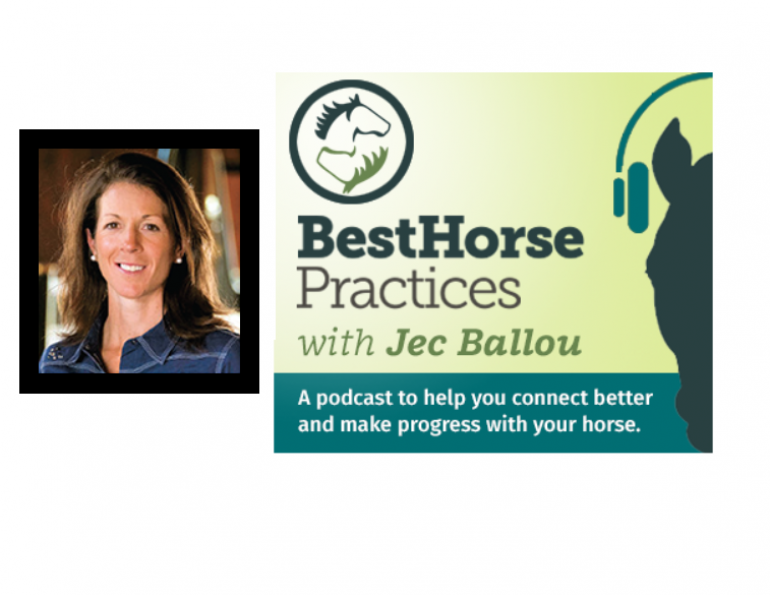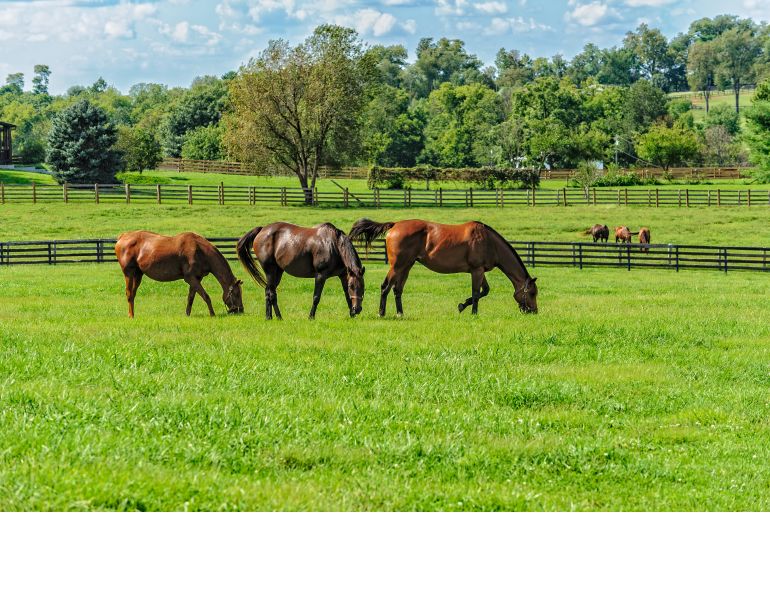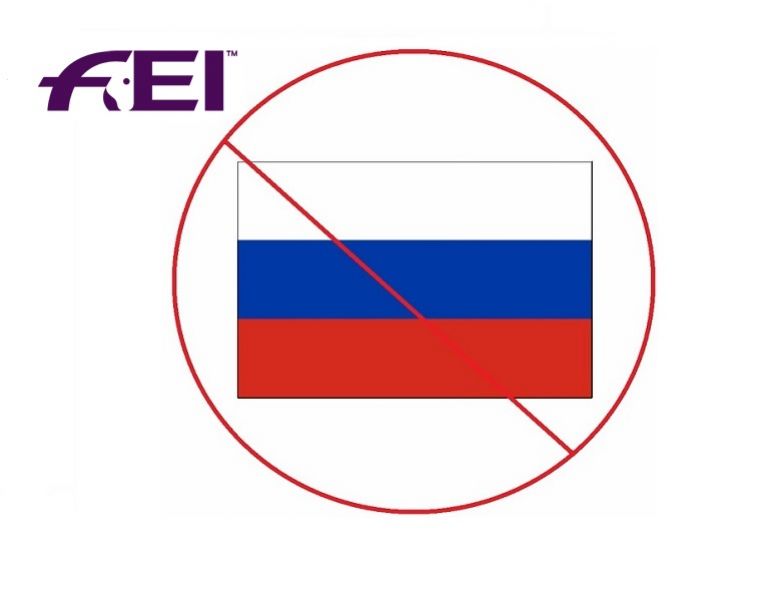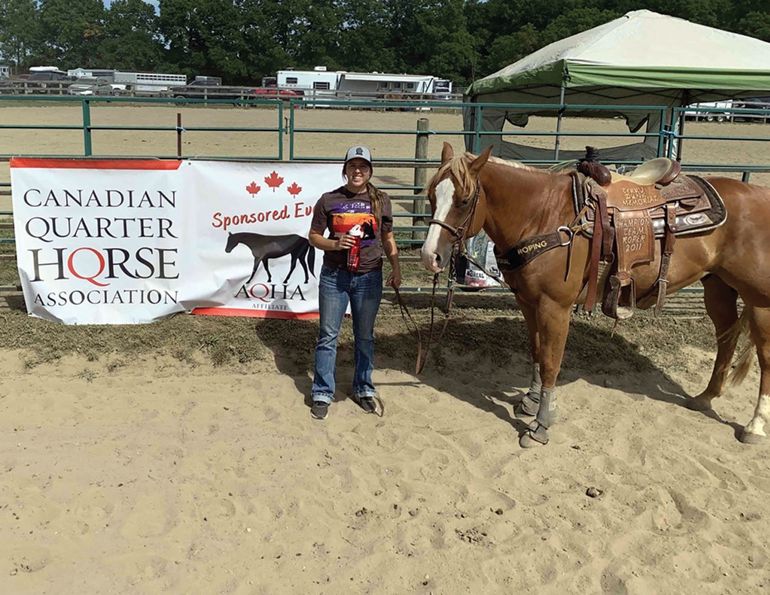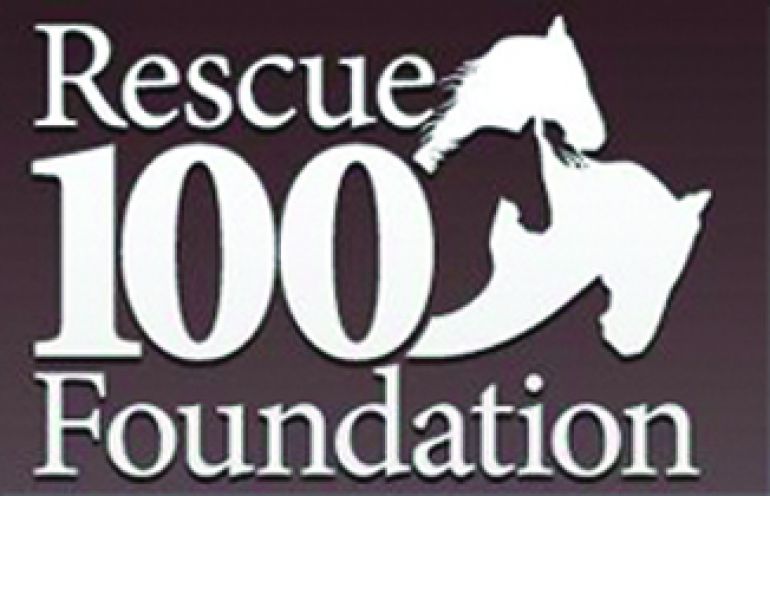Source: Equine Guelph
Thanks to a team of University of Guelph researchers, we are one step closer to having a welfare assessment tool tailored for horses in Canada. The research team, headed by Cordelie DuBois and Katrina Merkies, recently designed and tested an on-farm welfare assessment tool. The tool aimed to evaluate whether the National Farm Animal Care Council’s (NFACC) Code of Practice standards are being met on equine farms in Canada, while helping farm managers learn about the current standards. The results were recently published in the Journal of Equine Veterinary Science.
Major advances in equine welfare in Canada were made when NFACC released the Code of Practice for the Care and Handling of Equines in 2013. In other countries, documents outlining welfare guidelines are often paired with the development of welfare assessment tools that can be used to determine whether guidelines are being followed on farm. In Europe, there are multiple tools that exist, like the Assessment Protocol for Horses and the Animal Welfare Indicators approach. Differences between industries in other countries and Canada, particularly related to welfare legislation, are part of the reason that developing a Canadian-specific tool was important. This, and ultimately, the tool’s ability to support the use of the NFACC Code of Practice as Canadian welfare standards, is what makes DuBois’ work so monumental for Canadian equine welfare.
Researchers tested the assessment tool on 26 farms in southern Ontario. The farms had various primary uses including boarding facilities, riding schools, private farms, and trail riding facilities. The farms had different numbers of horses and kept the horses under different management conditions. While the assessments conducted by DuBois and her team revealed dry stalls and well-stored feed, some of the typical findings not in compliance with the Code of Practice included structural aspects, cleanliness of outdoor water troughs, provision of outdoor shelter, segregation of new arrivals, and emergency preparedness. The assessments took an average of 144 +/- 15 minutes to complete. Researchers noted that differences in management practices between and within farms (such as some horses being on 24/7 turnout vs. other horses being on daytime turnout) added challenges to the assessment procedure.
Farm managers were also asked about their familiarity with several documents related to equine welfare. Interestingly, managers were most familiar with Equine Guelph’s biosecurity handout (54 percent) followed by the NFACC’s Equine Code of Practice (50 percent).
The researchers conducted follow-up interviews with assessors and participants to evaluate their experience with the tool. DuBois notes, “These interviews helped to identify areas where a welfare assessment program would be useful to the Canadian industry and areas where implementing a program might be challenging.” The feedback will be used to refine the tool for future work.
DuBois provides a nice summary of the importance of their work: “This study provides an initial look at the logistics of doing an on-farm welfare assessment in Canada, knowing the diversity of the industry. Our findings give us a foundation for future work investigating an on-farm assessment tool such as this.” This study was funded in part by Equine Guelph.
Read more about the study here.
Printed with the kind permission of Equine Guelph.





